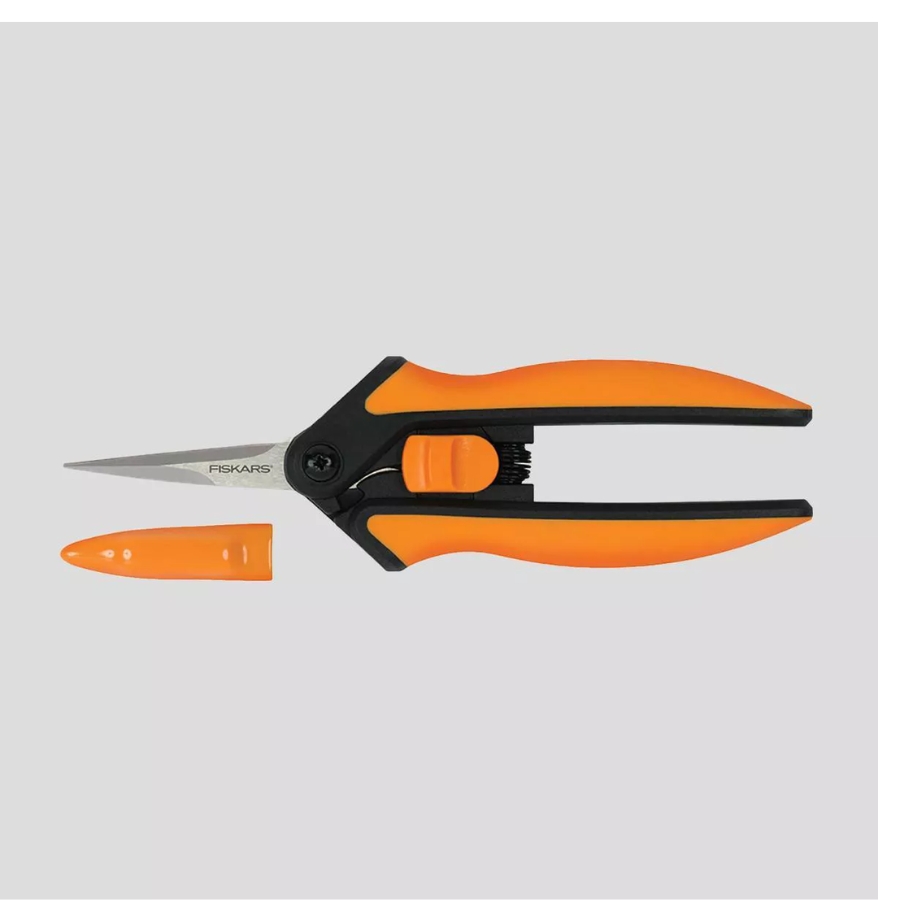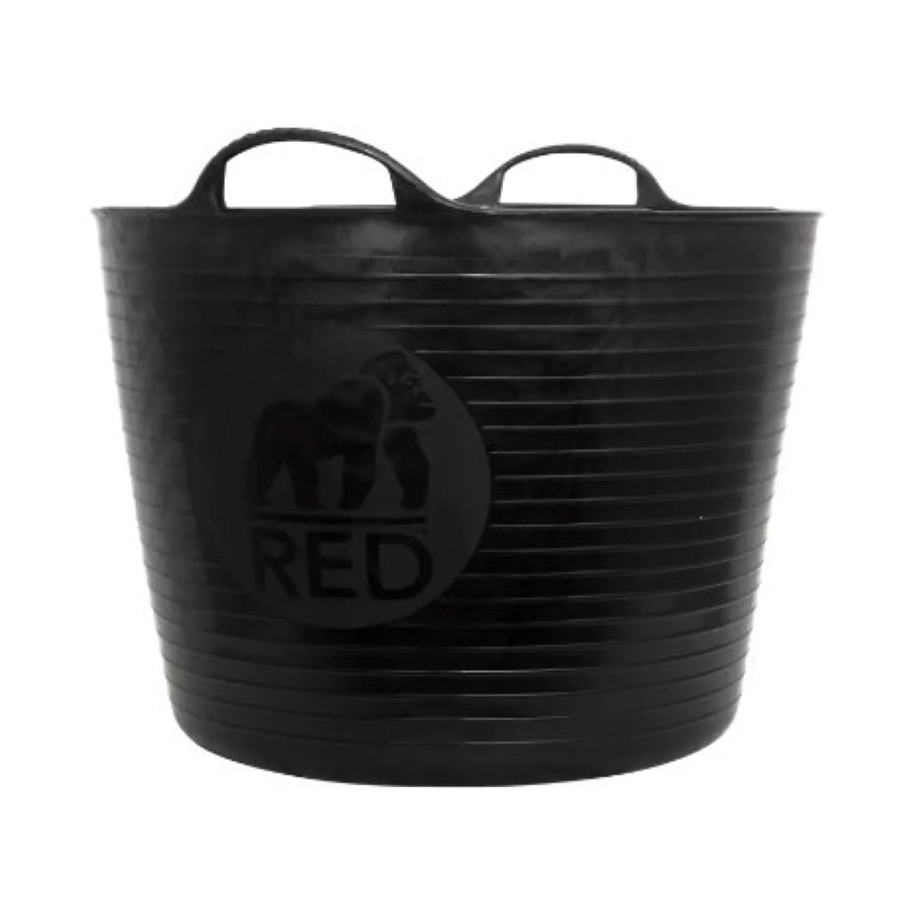5 plants you should prune in November to keep your garden healthy and looking good
With the garden sliding into sleep mode, it feels like now is the time to get out there and start clipping things into shape
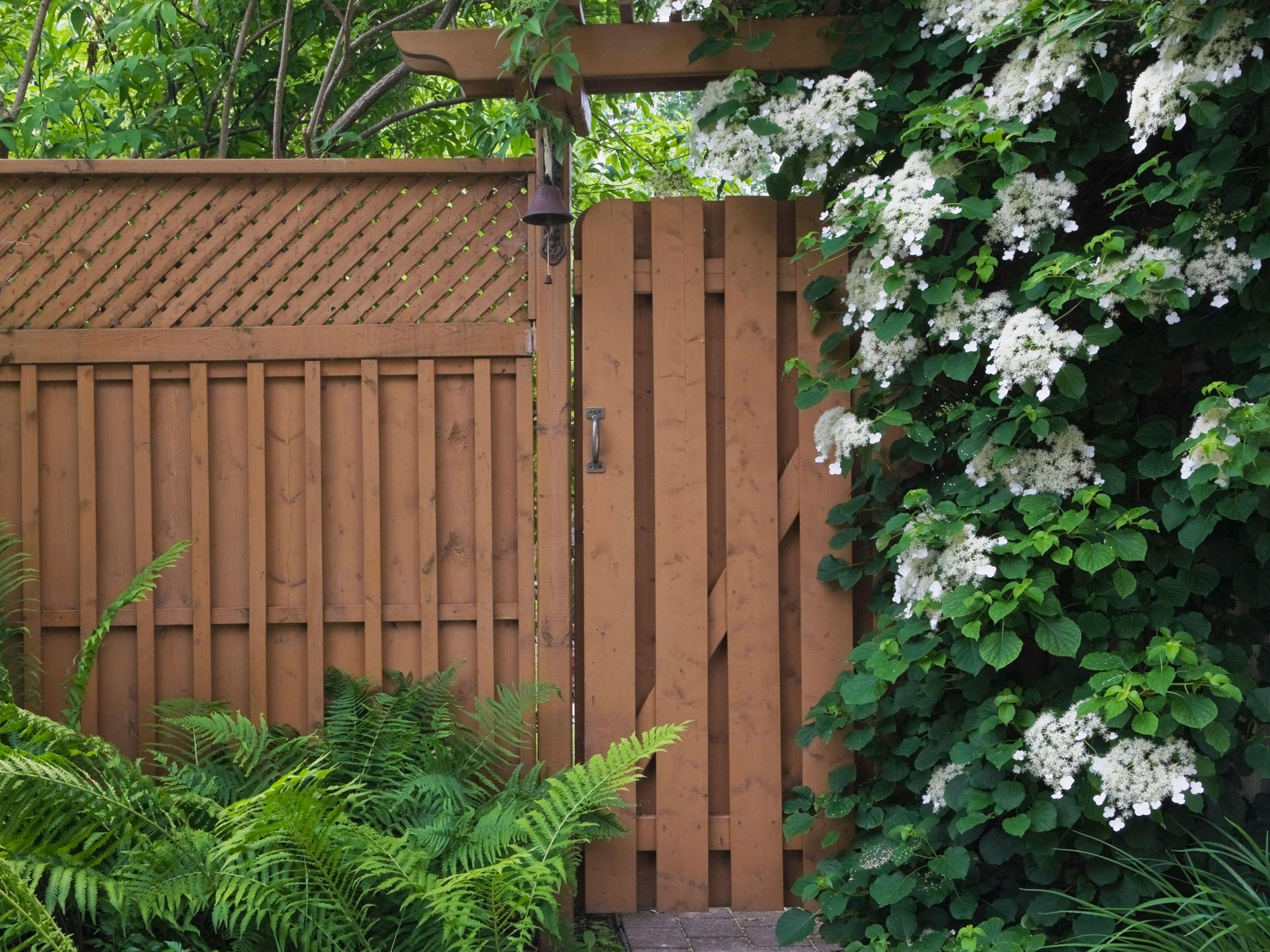
Now is the right time to prune many plants into shape ahead of winter. Doing this in late fall will help keep them healthy and in good shape, and also stops shrubs taking over, letting more light into the winter garden to benefit smaller plants that may have been stuck in their shade all summer.
November is a great time for pruning shrubs, as they start to die back naturally anyway. At this time of year regenerating shrubs by clipping them neatly into shape can add real stand-out factor to your yard too.
Be careful if you see any new shoots, as removing them cuts down on the amount of energy a plant can generate to produce more growth. If you prune new shoots in fall, it may encourage a growth spurt of tender stems that won’t have time to harden off, so they will be damaged by frost. So the trick is to go easy around new growth.
Okay, get your pruning shears primed and ready as we've chosen 5 things to prune this month to get your plants in the healthiest shape for a modern garden next year.
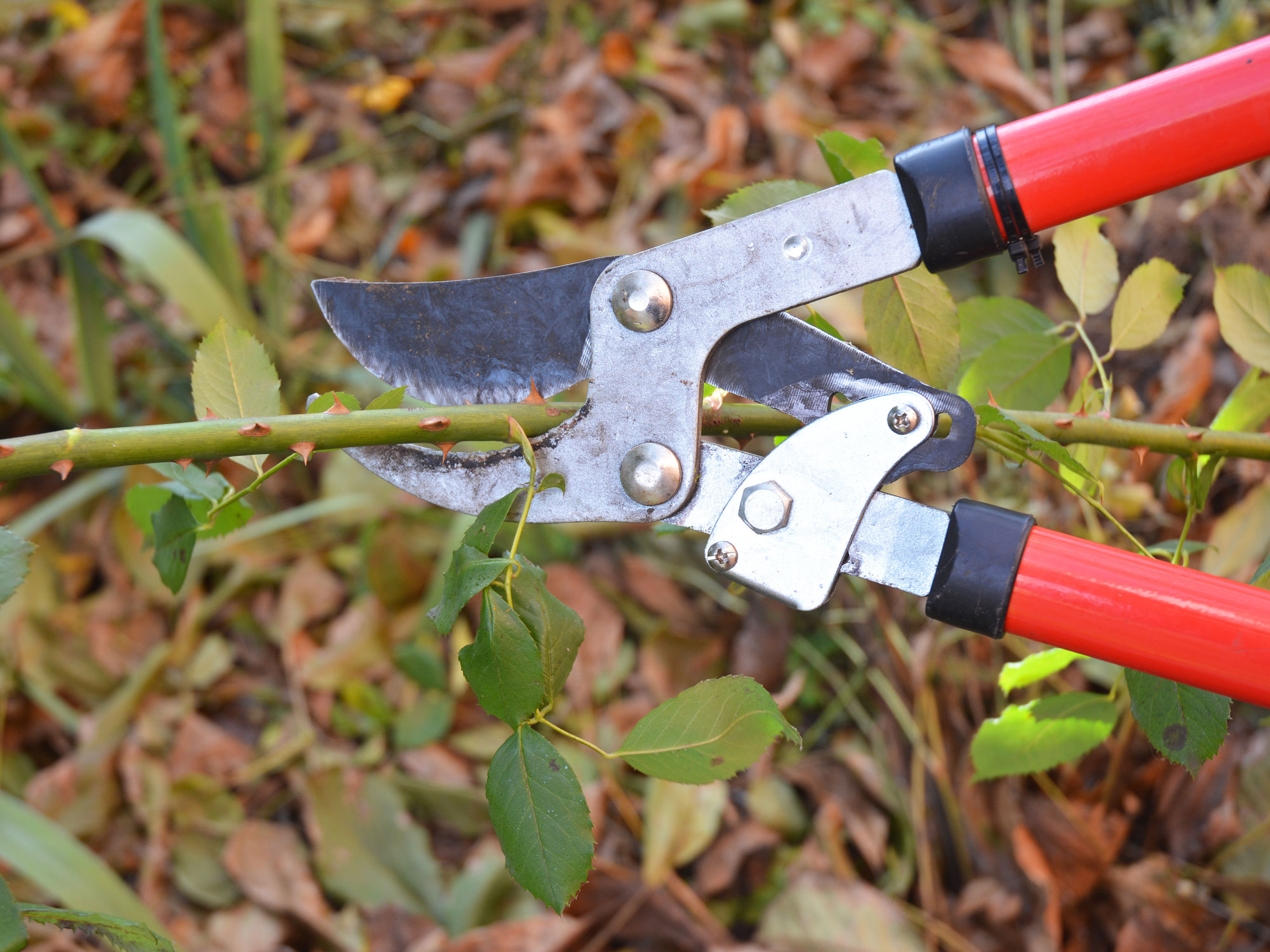
Sharp and rust-free tools will make a clean cut without leaving ragged ends where blight can take hold. You can also use an antibacterial spray to disinfect your shears
5 things to prune this month
Some of our favorite flowering shrubs and fruit trees are top of the list for benefitting from a prune right now. This will keep them healthy and looking good.
A few general tips to get you started. Using sharp pruning shears begin by cutting out any wood that is dead or diseased, then focus on creating a nice shape. This applies for all plants.
If you have multi-stemmed trees or shrubs now is also the time to can take out some of the oldest stems at the base to create a more airy structure that will benefit the plant too, both in terms of health (it lets air circulate more freely for healthier stems) and looks.
1. Roses
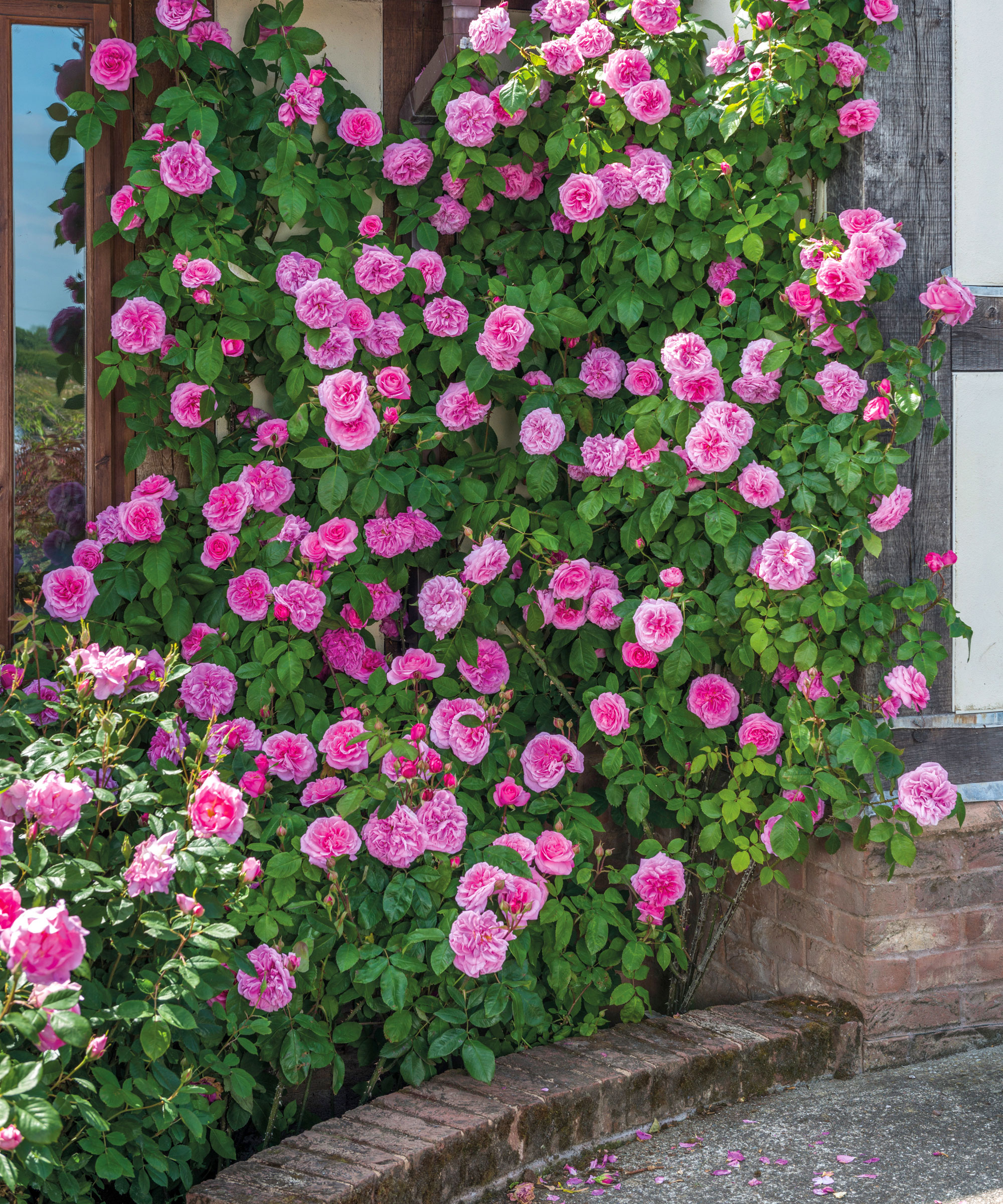
Now is the time to lightly cut back rose bushes, as reducing their height will prevent 'wind rock', where they move about in high winds. Firm around the base of any roses that feel loose and cut them back a little more to reduce wind resistance.
'Pruning is arguably the most important job you can do for your roses. It gives your rose shape, structure and encourages new blooms for the season ahead. Shaping is essential,' according to the experts at David Austin Roses. 'Try to create a rounded shrub. Don’t worry about where you cut a stem, or about cutting back too much. Roses are extremely strong and will grow back even if you cut all the stems right back to the base.'
If pruned properly, your rose bush will look significantly smaller and quite bare by the time you've finished. Don't be alarmed, the growth will strengthen the bush and it will re-establish quickly in spring.
2. Blueberry bushes
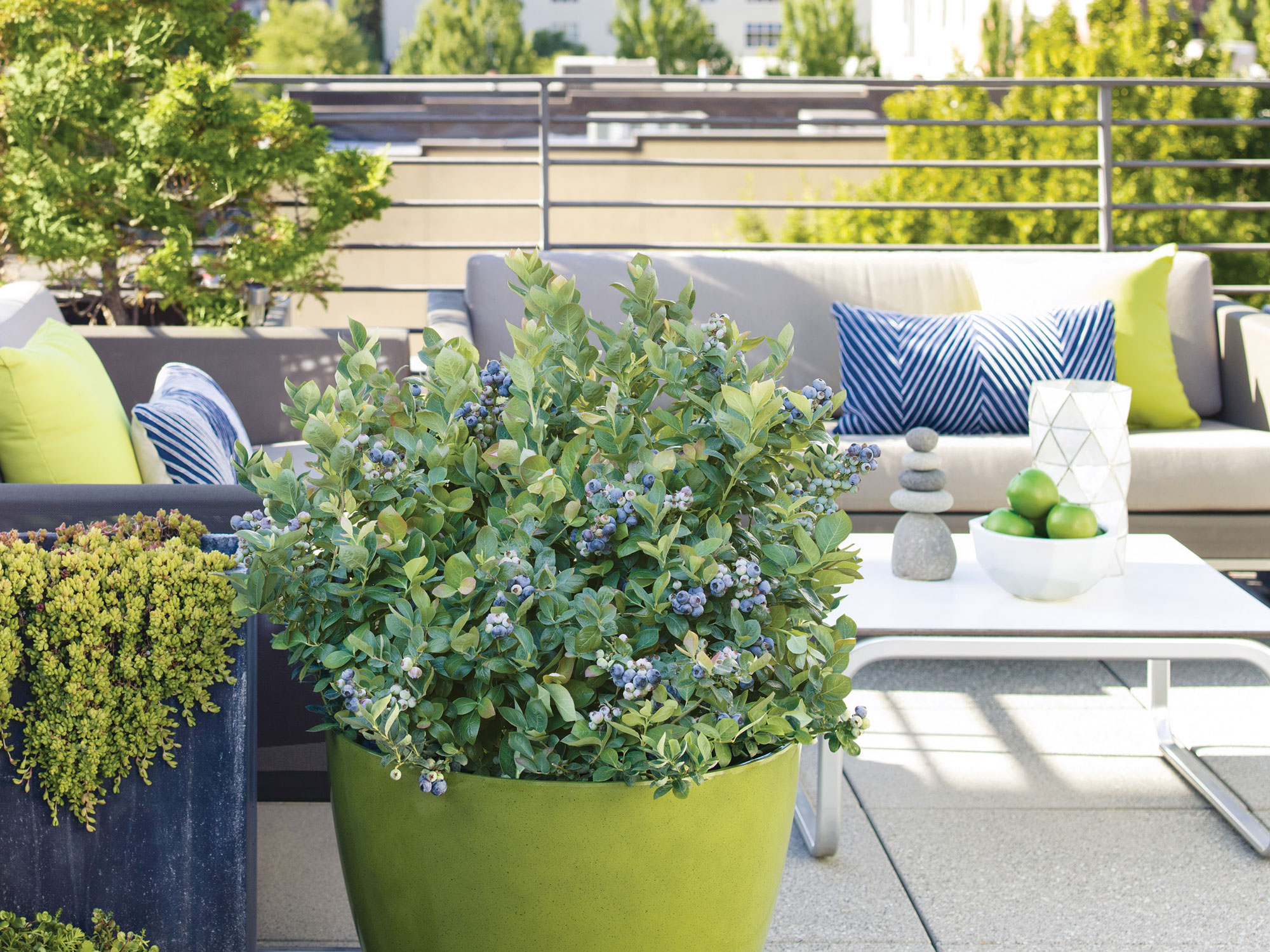
You might be questioning when to prune fruit bushes like blueberries, so we're here to tell you now is the time to prune the lovely collection of potted blueberries you've been cultivating on your patio or balcony garden. If they are new plants you can leave it for now as pruning is rarely needed in the first two years after planting. Just remove any unwanted stems to tidy up the look of your plants.
If your bushes are older you can prune them any time from November to March while the bushes are dormant, according to the experts at Burpee. 'The first three years, remove small lateral shoots and thin out excessive bushy growth. After the third year, annually remove a quarter to a third of the old wood, plus any dead or injured branches.'
Consider removing some of the oldest stems from the base of the plant too. This will help air circulation, encouraging plants to send up new stems from the base, and keeps your bush producing plenty of berries.
3. Butterfly bush (buddleja)
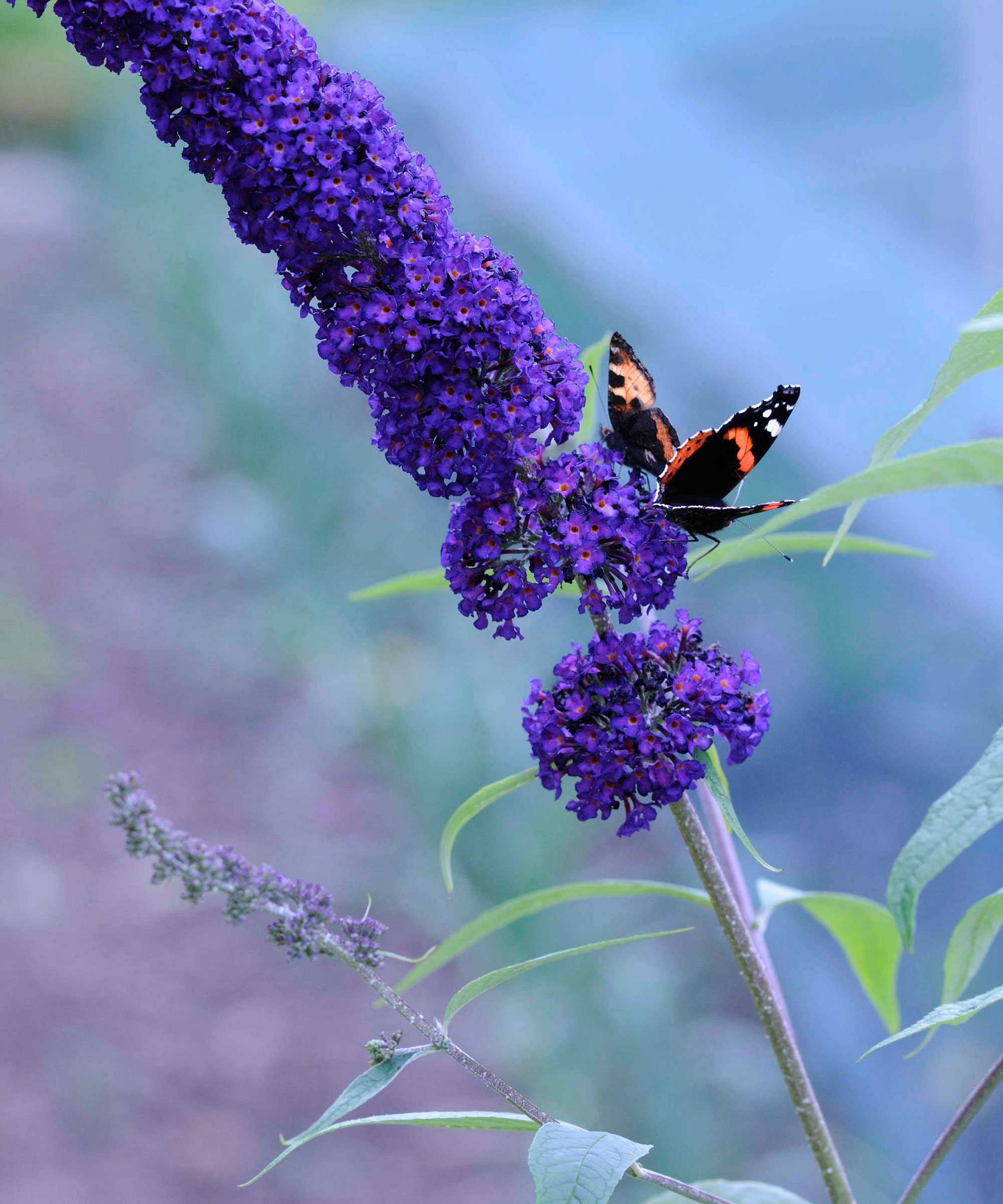
After they have finished flowering in fall, it's a good time to give your butterfly bushes a gentle prune. At this stage, it's more a case of gently trimming back rather than a thorough pruning session.
Aim to cut back your plant by about half in late fall/November time. Remove any weak or damaged stems or those that are rubbing against another branch. This will help to keep your plant in shape and produce more flowers lower down the plant. It's particularly important to remove any faded flowers, as they produce lots of seeds and you could find your yard taken over by them.
Follow this up with a more thorough pruning session to rejuvenate your plant in spring. Cut plants to the base and they will quickly grow back during the summer season. You could leave two or three sets of good buds if you live in an area that gets late frosts.
4. Climbing hydrangea

Prune these gorgeous climbing plants (also known as Hydrangea petiolaris) gently back into shape when they have finished flowering in fall. When it comes to when to deadhead hydrangeas, and prune them, most hydrangeas are pruned in early spring, climbing hydrangeas are the exception and should be pruned immediately after flowering.
Simply remove any faded flower heads, and cut back dead or straggly stems. Trim back any shoots that spoil the look of your plant or are causing it to spread where it's not wanted.
Branches that are too long can also be cut back to the main stem and this way you will keep your climbing hydrangea looking neat and tidy, while allowing other branches more space to grow. But remember that if you go in too hard it will mean less flowers the following year.
5. Wisteria
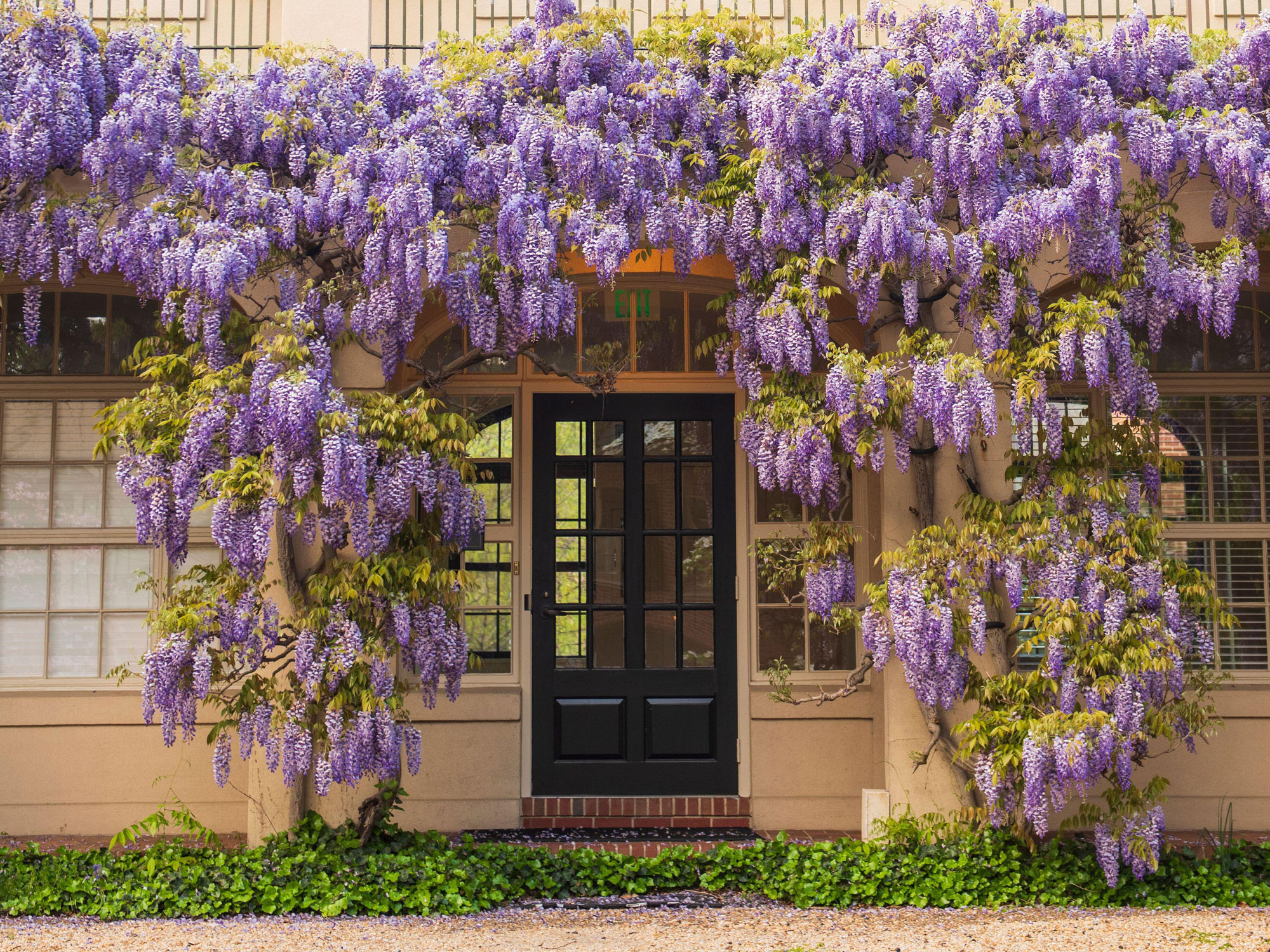
Wisteria should be pruned back gently twice a year, once in the dormant season from November to February, then again in summer after flowering. Now is the time to focus on thinning the plant so the blooms won't be hidden by foliage next spring.
Cut back any growth from the previous summer that is too long or out of place. Prune the shoots back to two or three buds to help encourage more blooms in spring. Remove any diseased or dead wood, as well as suckers growing from the roots, and any weak growth or crossing branches.
Now is also a good time to work on reshaping your wisteria, especially if you are growing it on a support such as a trellis or pergola. Do this now and next year your wisteria will be sighed over longingly by every person who passes by.
Be The First To Know
The Livingetc newsletters are your inside source for what’s shaping interiors now - and what’s next. Discover trend forecasts, smart style ideas, and curated shopping inspiration that brings design to life. Subscribe today and stay ahead of the curve.
Lifestyle journalist Sarah Wilson writes about flowers, plants, garden design and trends. She has studied introductory garden and landscape design and floristry, and also has an RHS Level 2 qualification in the Principles of Plant Growth and Development. In addition to homesandgardens.com and livingetc.com she's written for gardeningetc.com, Real Homes, Modern Gardens and Country Homes & Interiors magazines. Her first job was at Elle magazine, during which time a trip to the beautiful La Colombe d'Or in St-Paul-de-Vence led to an interest in writing about all things botanical. Later as lifestyle editor at Country Homes & Interiors magazine the real pull was the run of captivating country gardens that were featured.
-
 Turns Out the Coolest New Café is Actually In Your Kitchen — Here's How to Steal the Style of TikTok's Latest Trend
Turns Out the Coolest New Café is Actually In Your Kitchen — Here's How to Steal the Style of TikTok's Latest TrendGoodbye, over-priced lattes. Hello, home-brewed coffee with friends. TikTok's 'Home Cafe' trend brings stylish cafe culture into the comfort of your own home
By Devin Toolen Published
-
 5 Bathroom Layouts That Look Dated in 2025 — Plus the Alternatives Designers Use Instead for a More Contemporary Space
5 Bathroom Layouts That Look Dated in 2025 — Plus the Alternatives Designers Use Instead for a More Contemporary SpaceFor a bathroom that feels in line with the times, avoid these layouts and be more intentional with the placement and positioning of your features and fixtures
By Lilith Hudson Published
